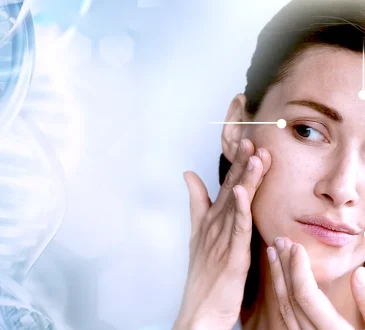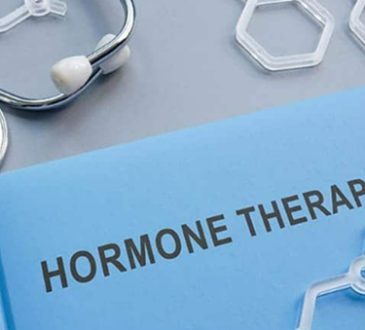
On November 26, 2021, the World Health Organization or WHO indicated Omicron, also known as B.1.1.529, as a new SARS-CoV-2 variant of concern. The variant has alarmed health authorities as it appears to be highly transmissible, has a higher chance to cause reinfection, and can evade vaccine-derived immunity.
There have also been reports that Omicron’s symptoms are different from the other COVID-19 variants. Despite a faster rate of a spread than previous variants, Omicron appears to be more like a cold for some people and is milder and less likely to make people ill or in need of treatment in a hospital.
With the emergence of the Omicron variant, countries have implemented concurrent prevention strategies such as mass vaccination, COVID-19 testing, quarantines, and travel restrictions like requiring fit to fly COVID test before flights to decrease the transmission of SARS-CoV-2, including various variants like the Omicron.
The symptoms of Omicron have similarities to the symptoms of Delta; however, the ZOE COVID study stresses that the loss of smell and taste are less common among people who have Omicron. Nevertheless, WHO still warns the public not to disregard these. But how can someone tell if they have an Omicron infection?
According to the COVID Symptoms Study conducted by health science company Zoe and King’s College London, the top five symptoms of the Omicron are:
- Runny nose
- Headache
- Fatigue
- Sneezing
- Sore throat
Such symptoms are acknowledged by the Department of Health and Social Care in England in tracing people who are most likely to have COVID-19.
Should you experience any of the mentioned symptoms, get tested, specifically a PCR test, to determine whether you are infected or not. While antigen tests might be helpful, it is essential to rely on a more accurate type of coronavirus test.
Read this article from Harley Medic International to learn more about the Omicron infection.




